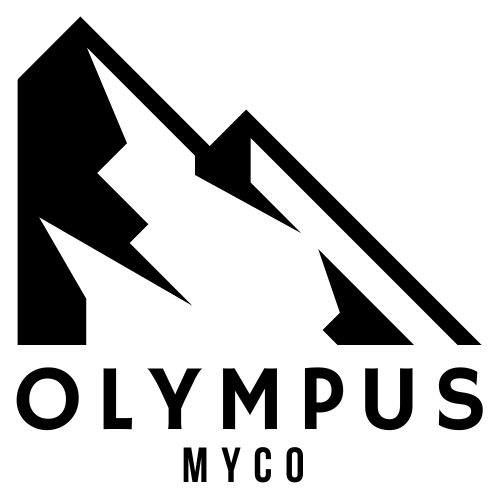What are Agar Plates?
Agar plates are a common laboratory tool used to grow and maintain bacterial, fungal, or viral cultures. Agar plates consist of a sterile petri dish filled with a nutrient-rich gel-like substance called agar, which is derived from algae. Agar is an ideal medium for the growth of microorganisms because it is easy to work with, has a low melting point, and solidifies at room temperature.
In the case of mushrooms, they do not feed on agar itself but rather on the nutrients and moisture that are added to the agar. The specific nutrients added to the agar depend on the type of mushroom being grown, but commonly include glucose, malt extract, and yeast extract. Agar plates provide a sterile and controlled environment for mushrooms to grow and develop mycelium.
Mycologists often use agar plates as a means of isolating and selecting specific strains of mushrooms for further cultivation. By inoculating a spore or tissue sample onto an agar plate, mycologists can observe and monitor the growth of individual colonies, select the healthiest and most vigorous ones, and transfer them to new agar plates or other growing substrates.
All agar plates purchased from Olympus Myco have been sterilized in commercial pressure cookers to effectively eliminate any potential living organisms or spores that might have been present in the agar mixture.
Inoculating Agar Plates
When working with open agar plates, it is strongly recommended to use a flow hood or a Still Air Box (SAB) to minimize the risk of air contamination. These tools can help to enhance the success of your experiments by reducing the likelihood of airborne particles and microbes interfering with the growth of your cultures.
- Prepare a clean work surface by wiping it down with alcohol or a sterilizing solution.
- Take the agar plates out of their sealed bag within the flow hood or SAB. Make sure to do all procedures within the flow hood or SAB.
- Stack the plates neatly and only work with one open plate at a time to minimize the risk of contamination.
- Open the plate then add your spores.
- Liquid Culture Syringe: Make sure to sterilize the needle before adding culture into the plate. Add a small amount of the liquid culture (<1cc) onto the center of the agar plate. Close the lid then rotate the plate spread the liquid evenly across the surface.
- Once the lid has been closed, seal the agar plate using Parafilm.
- Label each plate with the strain or species of mushroom, the date, and any other relevant information.
- Incubate the plates at the appropriate temperature and in the appropriate conditions for the particular strain or species of mushroom.
Incubating Agar Plates
For most species, agar plates can be incubated at room temperature. The time it takes to see mycelium growth on agar plates can vary depending on several factors, including the type of fungus being grown, the temperature and humidity of the incubation environment, and the age and condition of the agar plates. In general, most types of fungi will begin to show visible growth within 3 to 7 days after incubation, but some species may take longer. It is important to monitor the plates regularly and look for any signs of contamination, such as mold or bacterial growth, which can interfere with the growth of the mycelium.
Agar to Agar Transfers
When the mycelium has colonized approximately 80-90% of the agar plate, you have the option to transfer the culture to additional agar plates. If you encounter contaminated sections on a plate, you may transfer the unaffected portions to obtain a clean culture. Depending on the level of contamination, multiple transfers may be required to achieve a fully clean culture. To transfer the mycelium from one agar plate to another, follow these steps within a flow hood or Still Air Box (SAB):
- Sterilize your tools: Sterilize all the tools that you will be using for the agar to agar transfer. Sterilize the scalpel or forceps until red hot then let cool before cutting into agar.
- Select a healthy mycelial colony: Choose a healthy, well-developed mycelial colony from the donor agar plate. This colony should be actively growing and free of any visible contaminants.
- Cut a small piece of mycelium: Using a sterile scalpel or forceps, cut a small piece of mycelium from the edge of the donor colony. Be careful not to touch any other part of the agar surface.
- Transfer the mycelium to the new plate: Lift the lid of the recipient agar plate and make a small incision in the agar with the scalpel or loop. Gently place the mycelium fragment onto the new plate, making sure it adheres to the agar surface. Close the lid of the plate then seal the plates with Parafilm.
- Label the new plate: Label the new plate with the strain name, date, and any other relevant information. This will help you keep track of the culture and its growth.
- Incubate the new plate: Incubate the new plate at the appropriate temperature and humidity conditions for the particular mushroom species. Check the plate regularly for signs of growth and contamination.

